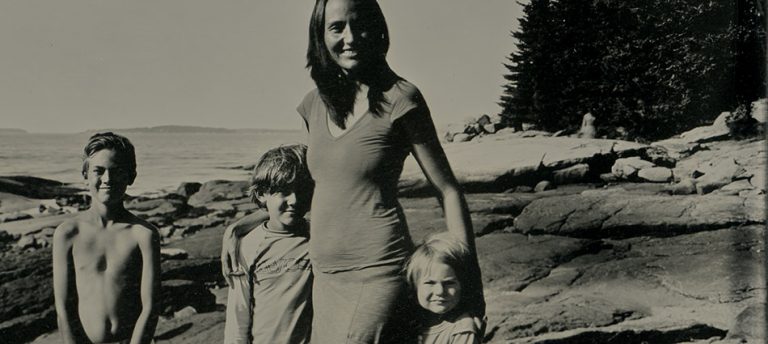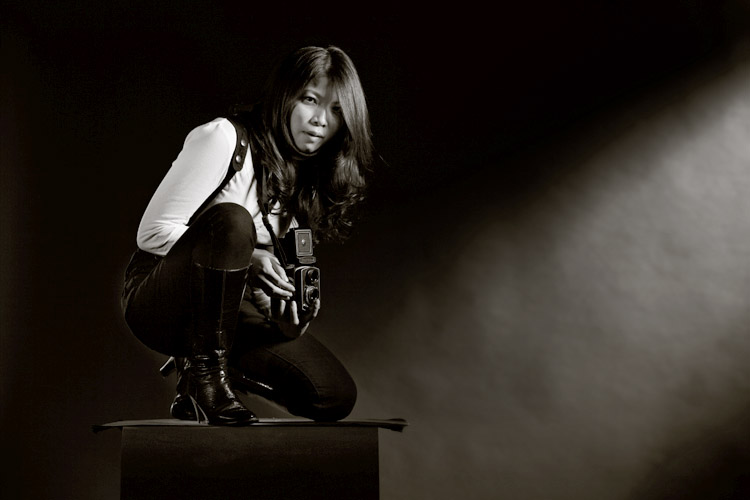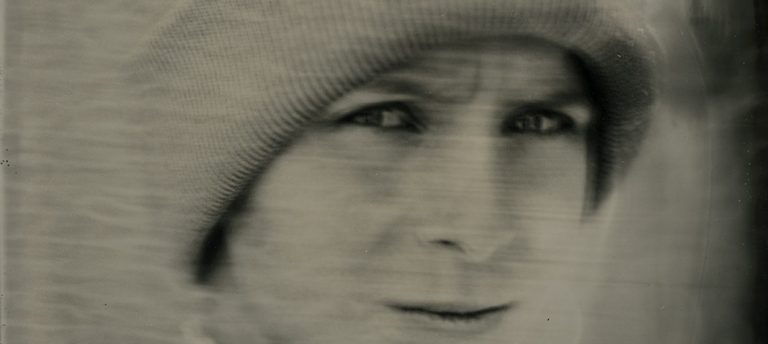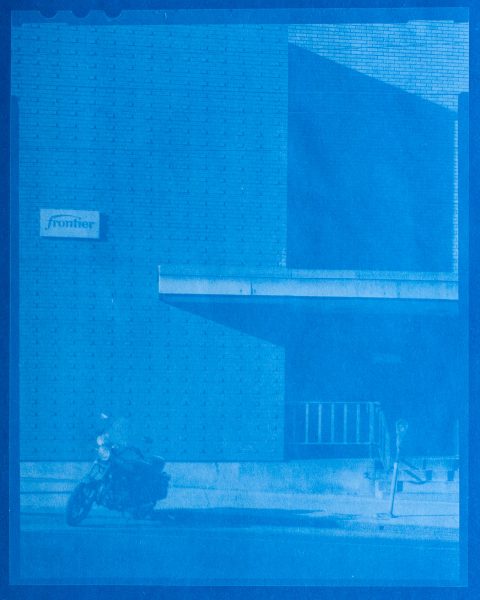
A couple of months ago I was shopping in a Hobby Lobby for supplies to make my photography portfolio when I came across a package of Sunart paper. I clearly remember having those blueish sheets when I was a kid, and now I was interested to note that this was more than just a childhood gimmick – somewhere in the small print the label mentions these were “cyanotypes”, a legit form of photography. So I picked up the pack…and let it sit unopened on my desk for a while.
Now that school is out and I have some time to catch up on things, I finally dusted off the envelope of paper and had a look. I had seen that the packaging mentioned that, in addition to placing objects on the paper (leaves, keys, etc.) you could also make contact prints from negatives (provided you had sufficiently large negatives).
I figured “hey, if I can make contact prints I could also cut the paper to size and stick it in my 4×5 view camera!”, bypassing the traditional film negative. They say that a negative could take up to two hours to expose, so I tried two hours in the view camera.
Nothing. Four hours…
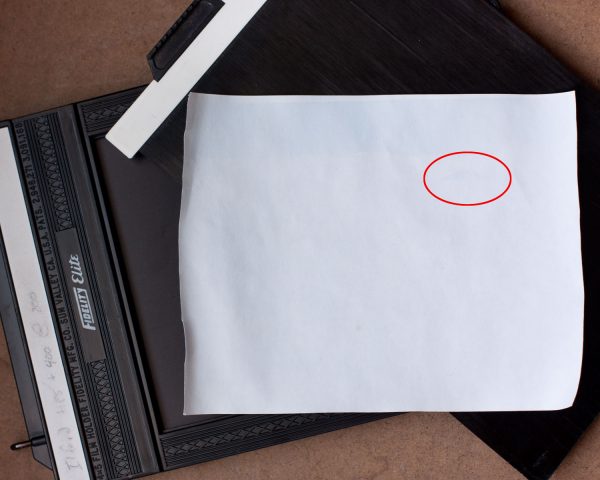
…nothing. Well, if you look closely you can just barely see the bright white roof of Ohio University’s Convocation Center in the top left of the image and the sky above the hills north of Athens along the top.
At that point I did some more research and discovered that the light-sensitive chemicals require UV light – frequently/usually blocked by normal camera lenses. Ooops.
That was a bit of a disappointment, since now I’m back to just making normal contact prints, but at least I have some 4×5 negatives to work with. It still took a while to figure out exposures. I’m really not sure where they come up with 2 hours for negative contact prints: in my experiments 1 hour was too much, 20 minutes still – even 6 minutes were too long.
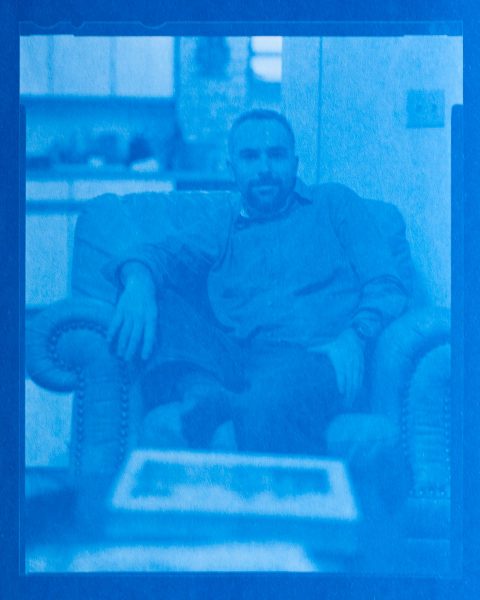
A friend of mine mentioned rinsing in bleach to bring out vivid blues and online research mentioned ammonia, among other things to rinse with (no, I did not find out what happens if I mixed bleach and ammonia). Turns out bleach makes it much darker and richer, so that’s cool too. Once I run out of the Sunart pre-made paper I’ll get some real cyanotype chemicals and take it from there.
So, more to come… but first I need some more interesting negatives to work with, which is a whole different challenge.
